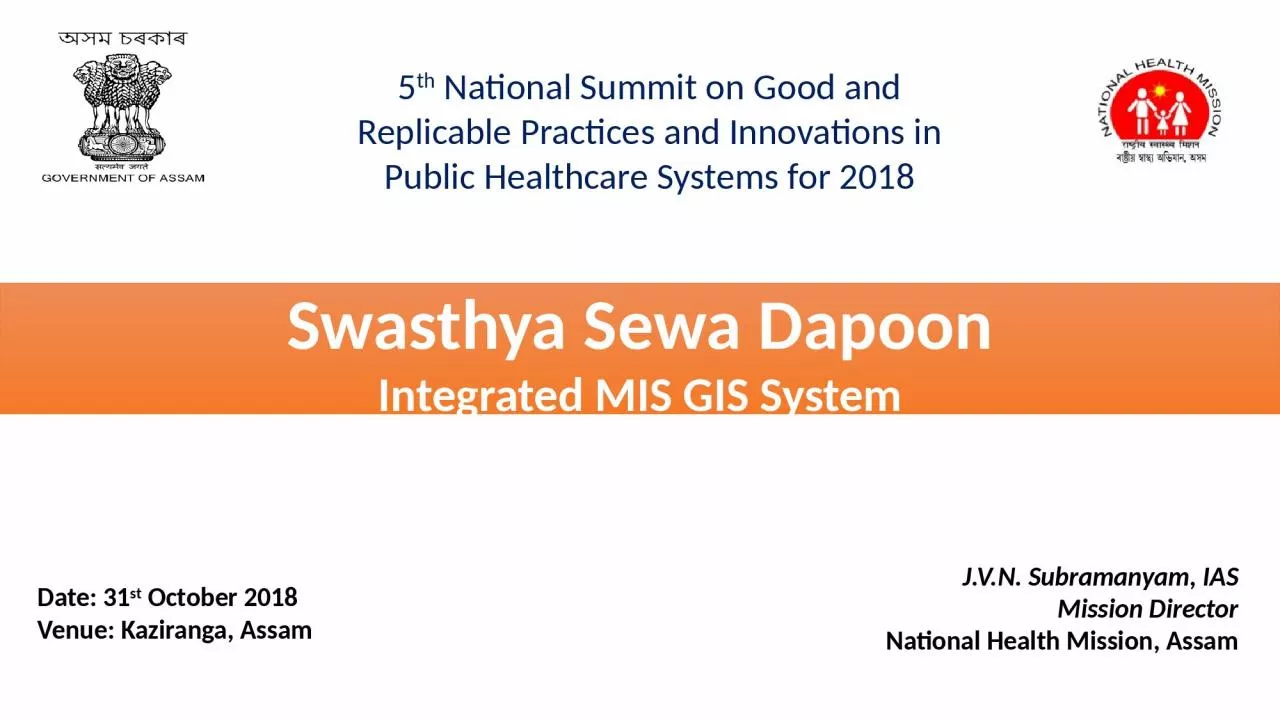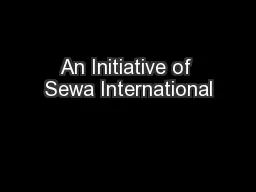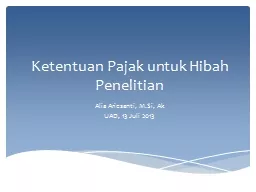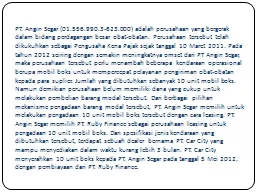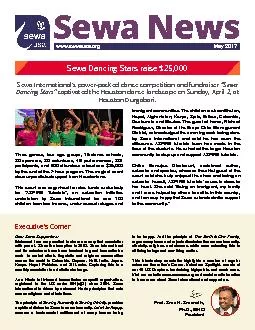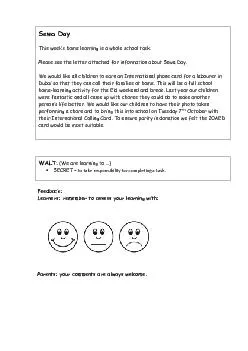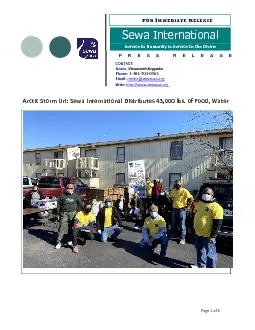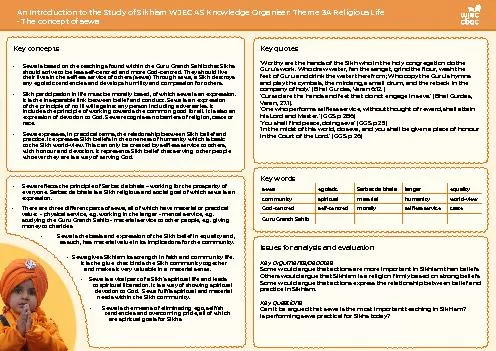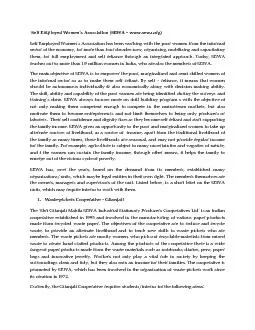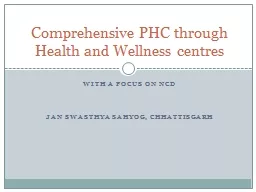PPT-Swasthya Sewa Dapoon
Author : reagan | Published Date : 2024-02-09
Integrated MIS GIS System JVN Subramanyam IAS Mission Director National Health Mission Assam Date 31 st October 2018 Venue Kaziranga Assam 5 th National Summit
Presentation Embed Code
Download Presentation
Download Presentation The PPT/PDF document "Swasthya Sewa Dapoon" is the property of its rightful owner. Permission is granted to download and print the materials on this website for personal, non-commercial use only, and to display it on your personal computer provided you do not modify the materials and that you retain all copyright notices contained in the materials. By downloading content from our website, you accept the terms of this agreement.
Swasthya Sewa Dapoon: Transcript
Download Rules Of Document
"Swasthya Sewa Dapoon"The content belongs to its owner. You may download and print it for personal use, without modification, and keep all copyright notices. By downloading, you agree to these terms.
Related Documents

